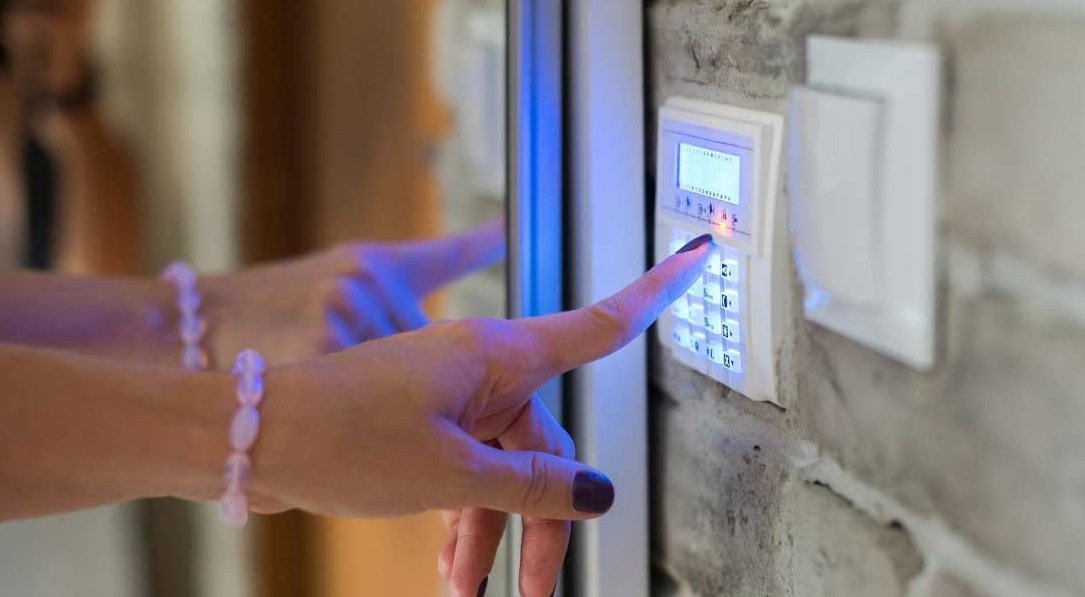When it comes to securing your home, the importance of physical security measures cannot be overstated. However, it’s equally crucial to recognize what does not qualify as a physical security measure.
Let’s delve into the realm of home security and explore elements that, while essential, do not fall under the category of physical safeguards.
The Illusion of Security: Unveiling Common Misconceptions
While a barking dog or well-lit exteriors contribute to a sense of security, they do not qualify as physical security measures. These elements create an illusion of safety but lack the tangible, concrete barriers that define true physical security.
It’s crucial to distinguish between perceived security and the real, tangible measures that deter and prevent unauthorized access.
Neighborhood Watch and Community Vigilance
Engaging with your community and participating in a neighborhood watch program is undoubtedly valuable for overall security.
However, it’s essential to understand that community-driven efforts primarily focus on awareness, communication, and deterrence rather than physical barriers. They complement, rather than replace, the need for robust physical security measures.
Smart Technology: A Digital Shield, Not a Physical Barrier
In an era dominated by smart home technology, it’s easy to assume that gadgets like security cameras and smart doorbells fall under the category of physical security.
While they play a crucial role in surveillance and awareness, they are not physical barriers that physically prevent intruders from gaining access. Smart technology serves as a digital shield, augmenting traditional security measures.
Psychological Deterrence: A Mental, Not Physical, Obstacle
Signs, stickers, or decals proclaiming the presence of a security system may deter potential intruders psychologically, but they do not constitute physical barriers.
These elements influence behavior through the perception of risk rather than creating a tangible, physical obstacle. True physical security involves concrete measures that physically impede unauthorized entry.
The Role of Lighting: Illuminating, Not Restricting
Well-lit exteriors undoubtedly enhance the security of your home by reducing hiding spots and increasing visibility.
However, lights, even motion-activated ones, do not serve as physical barriers. They contribute to a secure environment but are not elements that physically obstruct or prevent access.
Read More:
Discovering the Best of Bed Bath and Beyond in Lubbock
Conclusion
In the pursuit of a secure home, it’s crucial to strike a balance between perceived security and tangible, physical measures.
Recognizing what does not qualify as a physical security measure is as important as implementing the right barriers.
By understanding these distinctions, homeowners can create a holistic security strategy that addresses both the psychological and physical aspects of safeguarding their homes.

